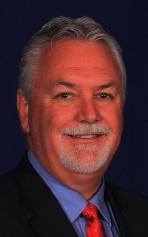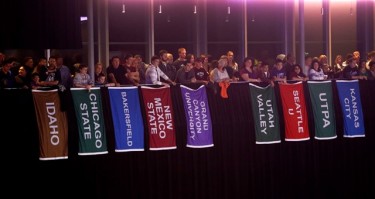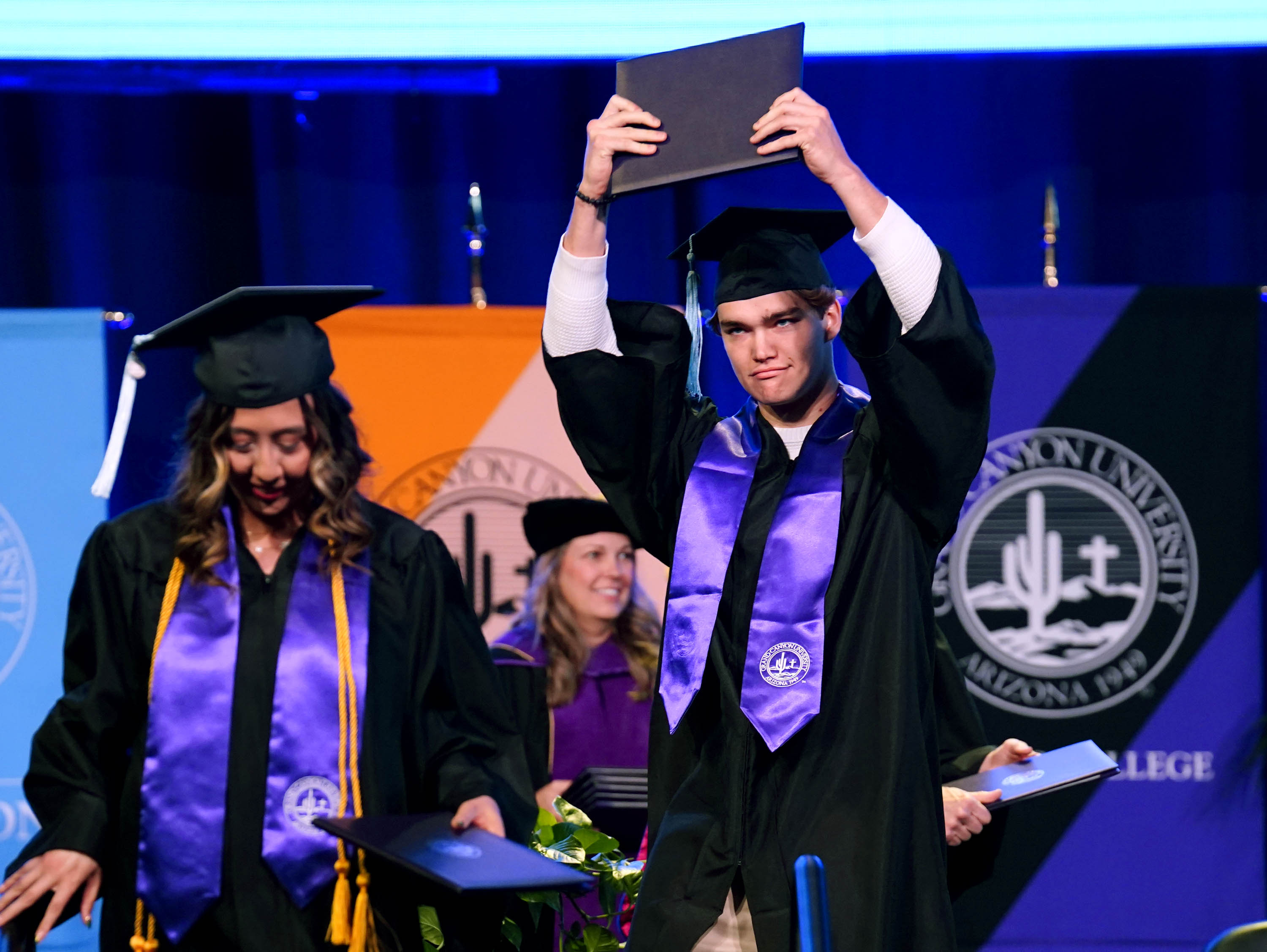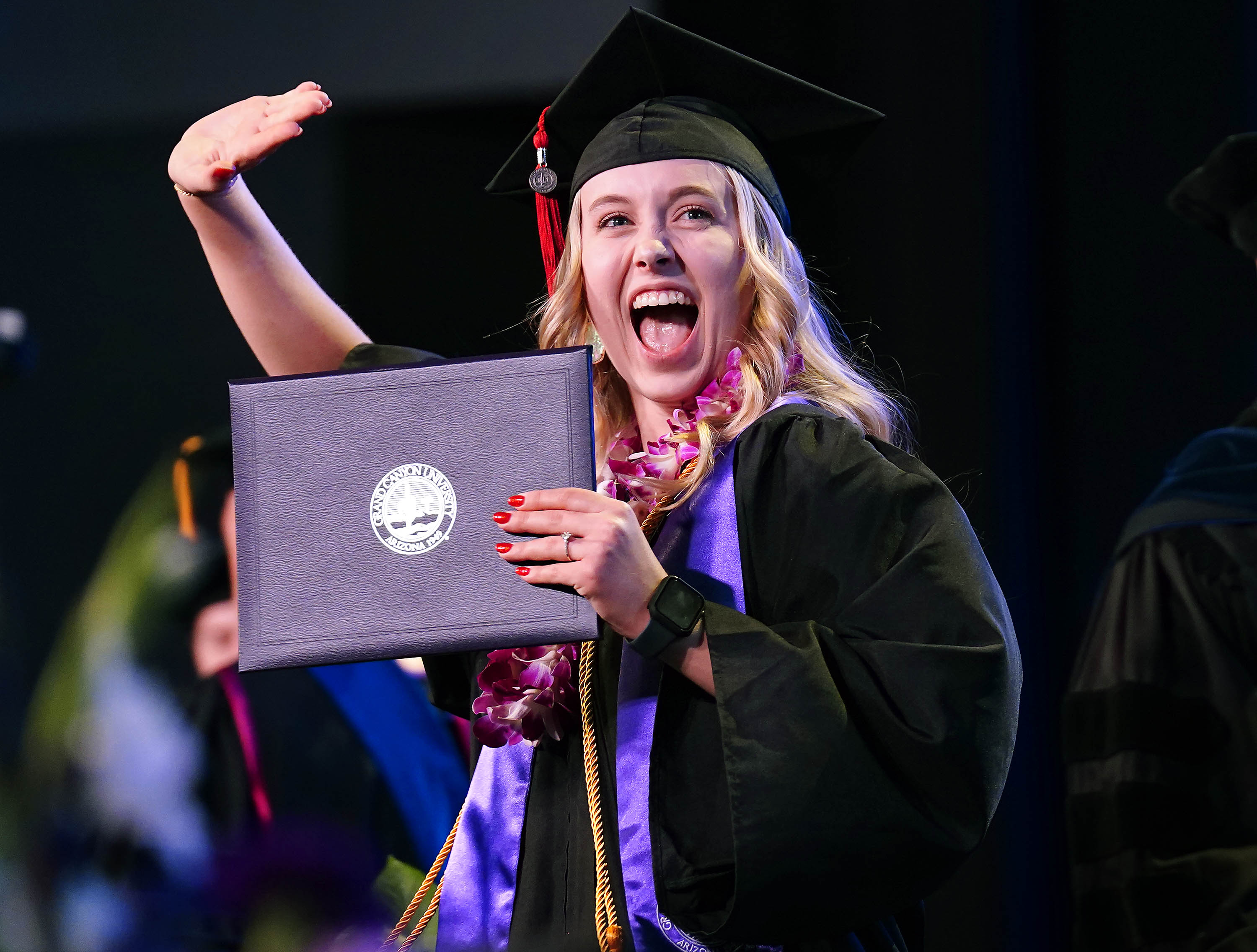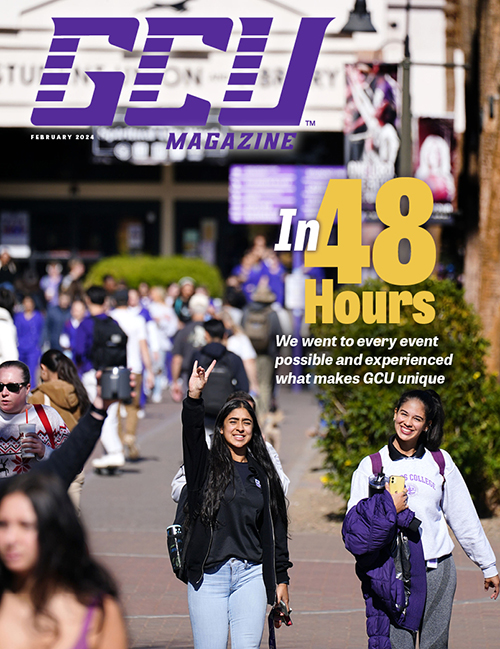First of a five-part series
By Rick Vacek
GCU News Bureau
On a campus where innovations and new buildings seem to sprout up weekly, it should be no surprise that the four years required for the athletics program to transition from NCAA Division II to full status in Division I has met with considerable impatience among the Grand Canyon University populace.
Four years? Really?
Why does this have to take so long?
Why can’t they cut it to two years?
Why is there a transition period at all?
The answers, as with most things in life that require a level of administration, are complex. This week, GCU Today will examine those issues and how they have affected the people charged with making this happen at GCU and the five other universities going through the process: Abilene Christian University, University of the Incarnate Word, University of Nebraska Omaha, Northern Kentucky University and University of Massachusetts Lowell. Nebraska Omaha has completed three of the four years, Northern Kentucky is halfway through and the others, like GCU, are only one year in.
There is way more to the story than bureaucratic gobbledygook. In fact, when you come right down to it, it’s really about triumph and inspiration and perseverance and the special energy that a university campus can generate – and not just the hope of seeing some of that down the road, once the institution has established itself in D-I. Good things are happening right now at all six places, despite, in most cases, more losses than victories on the playing fields and in the arenas.
Brian Mueller, GCU's president and CEO, said, "I think it was quite a bit above what everyone else was expecting," and he cited five key areas in which the University stood out: athletic performance by coaches and teams, recruiting, academics, community involvement and exhibition of Christian values.
“Overall, I feel very positive about Year 1,” said Keith Baker, GCU’s director of athletics. “But we still have a lot to learn about the transition. It’s like an iceberg – you can only see one small part. There are a lot of changes below the surface.”
So let’s try to look at the bigger picture, as much as we can. Although the landscape of the NCAA could change dramatically in the near future, we’ve got three more years of this transition, most likely, which means there probably will be plenty of time to see what this is all about. Remember, patience is a virtue.
OK, so how’d we do in D-I Year 1?
You can’t help yourself. It’s only natural to want to see some numbers. Sports fans are conditioned to check the standings every day.
Just for fun, we’ve created a fictional conference, the Transition Six, or Tran-6 for short. It’s a temporary group and the members don’t play one another, for the most part, but it’s interesting to see how GCU’s wins and losses stack up against its five fellow transitioners in four of the team sports they share in common: men’s and women’s basketball, baseball and softball:
1. Grand Canyon 93-68
2. Nebraska Omaha 88-70
3. Incarnate Word 68-88
4. Abilene Christian 57-93
5. UMass Lowell 48-99
6. N. Kentucky 46-116
Of course, that doesn’t take into account schedule difficulty, strength of conference and other factors. But it is instructive to note that GCU was the only one to have all four teams finish .500 or better (women’s basketball 21-9, baseball 30-23, softball 27-21, men’s basketball 15-15). Furthermore, the GCU softball team was one of only two conference champions in the group among those four sports; Nebraska Omaha baseball was the other. GCU had one other Western Athletic Conference champion, in women's indoor track and field.
An examination of how all of GCU’s 22 sports teams fared in their first year in the WAC is equally positive. On a scale of 9 points for first place, 8 for second and so on, GCU finished a close second behind Idaho in the overall standings, 107 points to 103. New Mexico State was a distant third with 86.5. And this was Idaho’s final year in the conference.
So there you have it! We’ve proved we can compete! The NCAA should be so delighted it will just waive the four-year requirement for us, right?
Don’t be silly. The NCAA doesn’t care about wins and losses. It understands that most transitioners are going to lose often and probably lose big. The waiting period is mainly about learning the D-I requirements for compliance and academics, which are far more stringent and complicated than for D-II, and making sure the university is financially able to make the jump.
“Rules education and rules compliance is a major part of the process,” said Michelle Brutlag-Hosick, associate director for public relations for the NCAA. “Making sure they understand the rules is very important.”
The NCAA requires administrators from the transitioning institutions to attend orientation sessions and seminars, then demonstrate that they have learned how to apply what they have been taught. Practice, practice, practice.
“It’s a good exercise to go through,” Baker said. “But there are times when you feel like you’re in class and the professor has given you a lot of busywork. … We’ve got forms for forms.”
At the end of each academic year in the transition period, the university must submit an elaborate report. How elaborate? Well, the administrators can’t help but laugh about the fact that it dominated their work life so much the last few weeks, they can immediately tell you the number of pages without even looking it up.
“Two hundred twenty-six pages, a lot of it appendices,” Baker said. “I hope it’s more quality and not so much quantity.”
“Over 160 pages,” said Jared Mosley, director of athletics at Abilene Christian. “That must have been fun reading for someone at the other end.”
“Two hundred fifty-three pages … not that I was keeping track,” said Dana Skinner, director of athletics at UMass Lowell.
“Four hundred three pages,” said Josh White, senior associate athletic director at Nebraska Omaha. “It’s quite a monster.”
One of the items in the NCAA requirements is, “Process institutional and individual student-athlete violations of Division I legislation through Division I enforcement and student-athlete reinstatement processes. The institution shall be subject to any and all sanctions for violations of Division I legislation,” and all of those violations must then be included in the annual report.
Wait a minute. You mean everyone violates the rules?
Yes. All the time. The rules are so complex and require so much attention, coaches are bound to make mistakes and administrators have to be on their toes to make sure they’re digging deep enough to know exactly what has happened.
Baker said most violations occur because of a lack of oversight, a clerical error or just plain ignorance about the rules. “It’s not the subversive, backroom, how-can-we-get-away-with-this stuff you hear about,” he said.
It’s a matter of asking enough questions -- and the right ones. “If you don’t report violations, you’re not tracking enough,” he said.
Two examples Baker gave:
- An athlete changes majors, which changes the amount of progress he has made toward his degree – and could make him temporarily ineligible. If the school doesn’t catch that and he continues to play, it’s a violation.
- A coach calls a recruit but doesn’t tell another member of the staff, who also calls the recruit during a recruiting period when the amount of contact is limited. Violation.
Josh Meyer, assistant athletic director of student services, said it's even a violation if a coach has a cell phone in a pants pocket and inadvertently calls a recruit during a no-contact period ... as long as the recruit answers, that is. Like any other violation, that would have to be reported immediately to the NCAA via email.
“It’s a great learning experience for us, and that will continue,” Baker said. “Some requirements that we tend to obsess about we make harder than they are. But it puts a lot of stress on the operational part of the department.”
Not to mention the coaches.
“I’ve always been conservative about the rules,” said Ann Pierson, GCU's head softball coach. “But now I’m ultraconservative.”
Trent May, head coach for women's basketball, said of getting accustomed to the D-I rules: “You just couldn’t be comfortable with any aspect of what you’re doing – you just had to pay attention. The biggest thing I’ve found is the importance of asking the right questions. ‘Wait a minute … can we do that?’”
And if they can’t do that but still do it anyway, and it's egregious, the American justice system doesn’t have anything on the NCAA.
“You don’t have to prove you’re not guilty,” Baker said. “You have to prove you’re innocent.”
Wow, sounds tough. How do any schools get through this?
The first thing administrators learn is that the NCAA is not the enemy. It's there to help.
"That's what's been enlightening," Meyer said. "Their biggest concern is getting the student-athlete back on the field and back on progress. They'll worry about enforcement later."
The key is to get buy-in on all fronts -- administrators, compliance officers, coaches, athletes, students, everyone.
“It’s about being unified as a campus,” Nebraska Omaha’s White said. “Schools that think it’s about athletics, they’re half-right. We’re trying to grow the campus and increase our profile.”
Sounds exactly like the GCU formula.
SIDEBAR:
The University of Nebraska Omaha turned a controversial decision into a transition that has gone “unbelievably well.”
ALSO IN THIS SERIES:
Part 2: How three veteran coaches approached and managed the first year. Sidebar: University of the Incarnate Word.
Part 3: Antelope athletes talk about what it took to move up to D-I from D-II. Sidebar: Abilene Christian University.
Part 4: GCU isn't the only university trying to establish itself in a competitive sports market. Sidebar: University of Massachusetts Lowell.
Part 5: Changes and challenges often mark the second year of the D-I transition. Sidebar: Northern Kentucky University.
Contact Rick Vacek at 639.8203 or [email protected].

